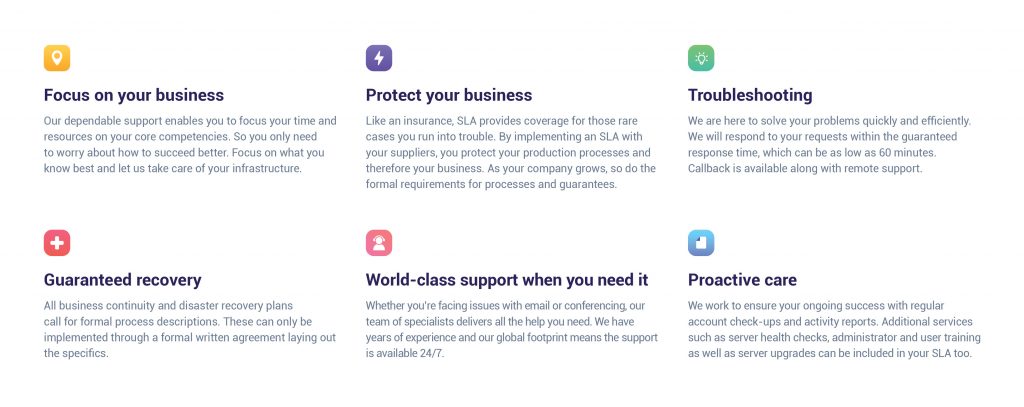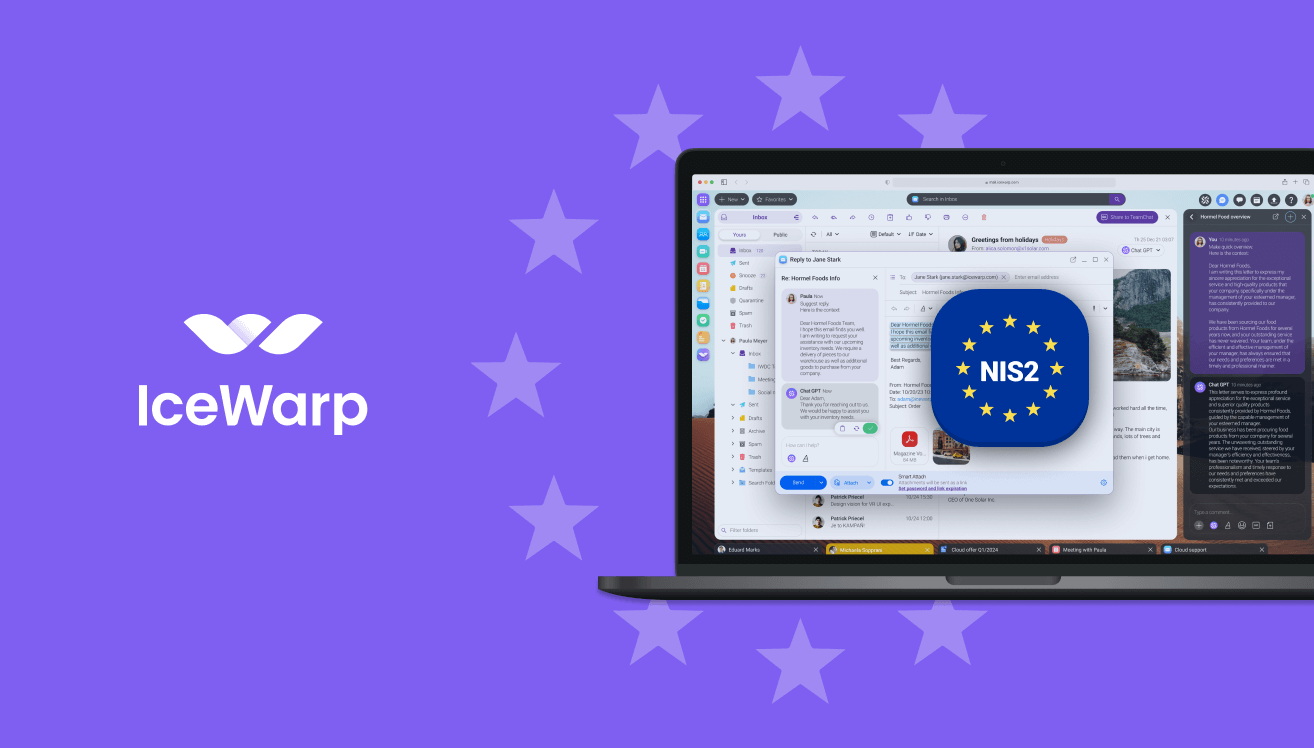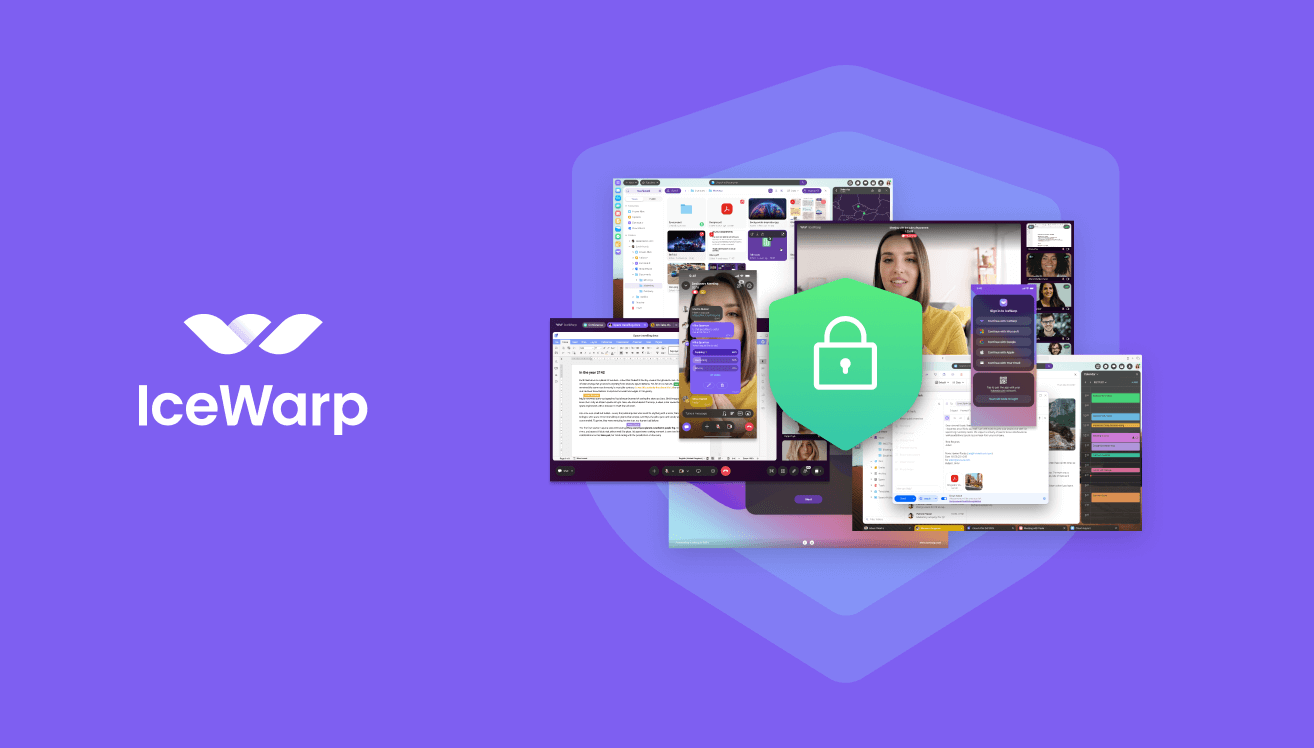To SLA Or Not To SLA
A good SLA is like insurance – you don’t know about it until things go south, and then you wish you had one. Let’s figure out what a Service Level Agreement actually is and, unlike an ankle tattoo of a butterfly, why you should consider getting one.
What’s an SLA?
A Service Level Agreement (SLA), or Priority Support Plan as we like to call it, is a written commitment between IceWarp and you, our clients. A commitment that clearly specifies the rules and standards for the support we provide, like response times or consulting options. We are all fun until a problem occurs – then we do serious business.
But why is it important to have such an agreement? Well, unless you are one of those adrenalin junkies who rushes into a burning house to save their favorite coffee mug, having an SLA helps you sleep calmly at night because you know that should a problem arise, we’re on it even before you get out of bed.
How an SLA benefits me
Suppose you are using IceWarp as a self-hosted solution for your business communication. If there is an issue, your teams can’t communicate with clients, each other, or their office crush, nor can your clients reach you. Simply put, no communication = no business.
Imagine you’re hosting a very important sales meeting online. If everything goes right, you’ll close the deal of the century. And then, two hours before kickoff, your servers go down and your IT team can’t get them back up. What do you do? Do you panic? Do you postpone the meeting? Do you run around the office in tears, calling for your mum? No, you simply get in touch with us and we’ll make sure that your crucial meeting starts right on time.
Having a Priority Support Plan puts your mind at ease because you know that every possible issue will be resolved ASAP. But there are other benefits too:
- You can focus on your business and let us take care of your infrastructure.
- You protect your business because the SLA covers the moments when you’re in trouble.
- You know exactly what to expect from our support teams, like a guaranteed response time that can be as low as 60 minutes for every day of the year.
- You can upgrade your IT team’s skills with the training and consulting we provide.
In short: You get a full night’s sleep without worrying about business cooperation and communication not working. There are so many other things to worry about!
Do I need an SLA?
It’s like asking if you need insurance… It doesn’t matter if the issue is minor, such as having trouble with the Exchange ActiveSync, or it’s critical because your database crashed. The situation always needs expert attention to identify and fix the root cause. And yes, it could be the responsibility of your IT staff. However, that’s like asking your neighbor to fix your car. Sure, they know what they’re doing, but the expert auto mechanics know exactly what it takes to work on your specific make and model.
So to answer the question – yes, you do need the SLA. If only to make sure that nothing bad ever happens, because why would it when you are covered, right?
A day in the life of an SLA
Here is an actual situation where one of our clients was really happy to have insura…I mean the Priority Support Plan:
The client was running IceWarp SaaS on their own hardware, managing business communications for around 1,000 users. Their IT team felt that the IceWarp performance was decreasing (slower speeds & increased latency), but they attributed this to an increase in data traffic over the past year. Our Account Manager suggested a Server Health Check to identify the actual issue, which, after a few weeks, was accepted.
We found out that the hard drive used had an inconsistent response, resulting in the speed fluctuations. But SMART analysis showed no disk issues until the server was rebooted – by now our support team was already working very closely with the client’s IT department. After the planned restart, we found out that the disk is about to resign from its duties and go to Silicon Heaven. As a result, all communication would be routed through the second (and the last remaining) disk. So we replaced it.
This would be a convenient ending to the story, but alas, in about two weeks, the second disk failed.
Without having replaced the first disk, it’s highly probable that both would fail at the same time, resulting in a service outage. The client estimated that 1 hour of downtime equals about $7,900 in lost revenue for their business. They also estimated 2 hours minimum needed for the service recovery, should the second disk fail while the first had yet to be replaced. And that’s only two hours assuming the IT had replacement disks at hand, which they didn’t.
So what do you think about SLAs now? Feel free to explore the different levels of the Priority Support Plans we offer and MAKE SURE to INSURE your business communication today!






